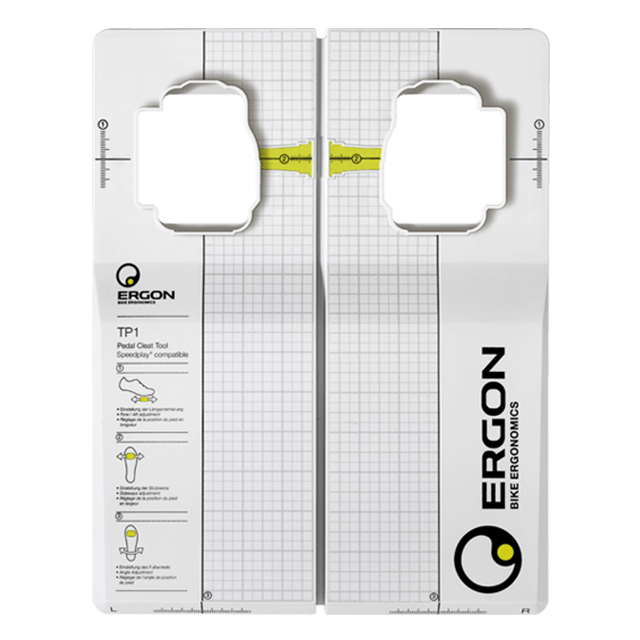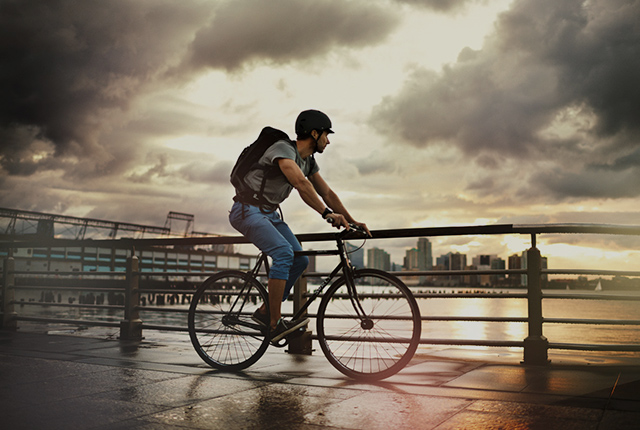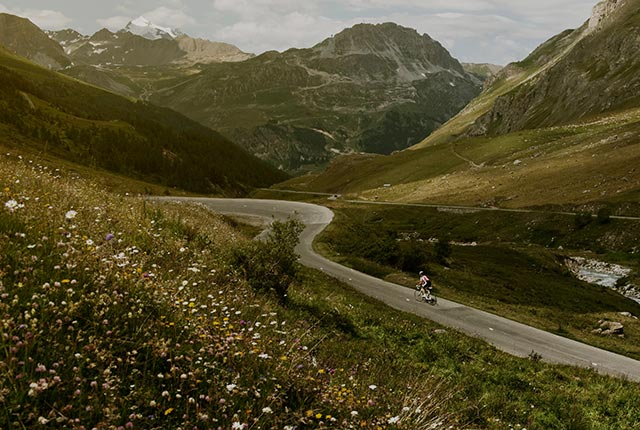Pain free cycling
Do you suffer from aching knees, back pain, or saddle discomfort?
Cycling is often described as a joint-gentle sport and leisure activity. Regardless, knee pain, back or neck pain, and hand discomfort are common problems. Saddle and sitting discomfort is also a common problem.
Where is the pain coming from?
In many cases the causes of pain or discomfort comes the saddle model, grips, or other contact points. If these parts have been already replaced with an appropriate ergonomic products and the problems still occur, the cause is usually then an incorrect position on the bike. An incorrect position on the bike can cause painful muscle spasms, joint pain, and loss of power.
How can I eliminate these pains?
In order to fully maximize the potential of the body and to avoid pain, the bicycle must be fitted and adjusted to the rider. During bike fitting, the position of the saddle, cockpit, and cleat position are perfectly adapted to the rider’s body measurements. Only after making these important adjustments can we achieve a power-saving and stress-free set-up. These settings will vary from rider to rider depending on body size and physical condition.
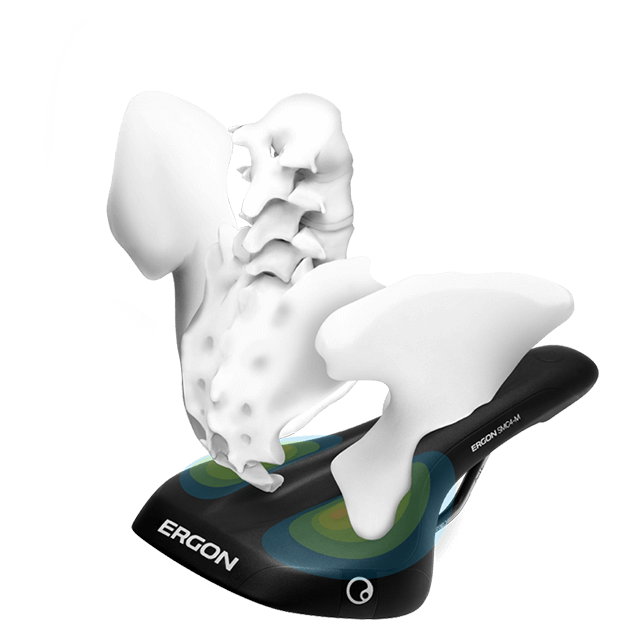
Back pain?
Surprisingly, cycling is back friendly sport. If the bike is not fitted correctly to the rider, it will lead to back problems and pain. The most common cause of back problems and pain is the result of having the seat or handle bars adjusted too high. Saddle angle can also be responsible for back pain.

Aching hands?
During cycling the largest part of our body weight is on the saddle. Too much weight on the handlebars or incorrect saddle height will lead to pressure related hand problems. Handlebar height and saddle height play a large role in relieving any negative symptoms.
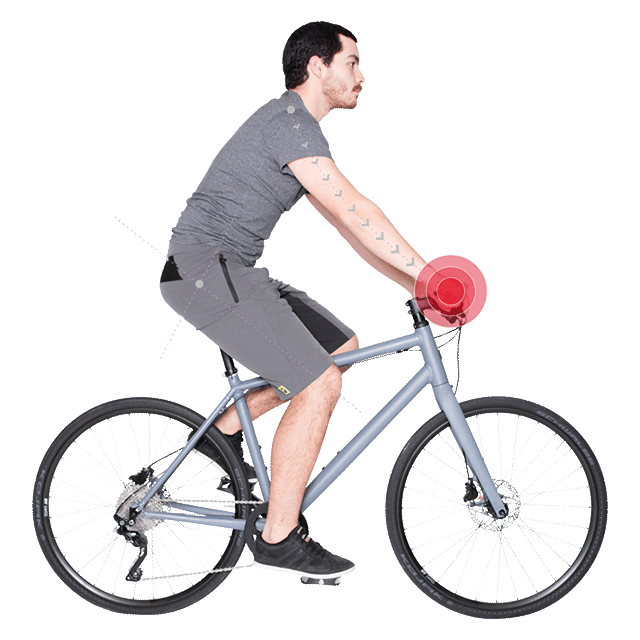
Seat problems?
The greatest cause of pain in cycling is the use of an incorrect saddle. Too large or too small, too narrow or too wide, or simply not ergonomic enough, these are all culprits of discomfort. Proper saddle angle in addition to the correct seat and handlebar height optimize the seating position and eliminate numbness in the soft tissue areas. Another factor is a too heavily loaded or poorly fitting backpack, which can increase preassure in the saddle area.
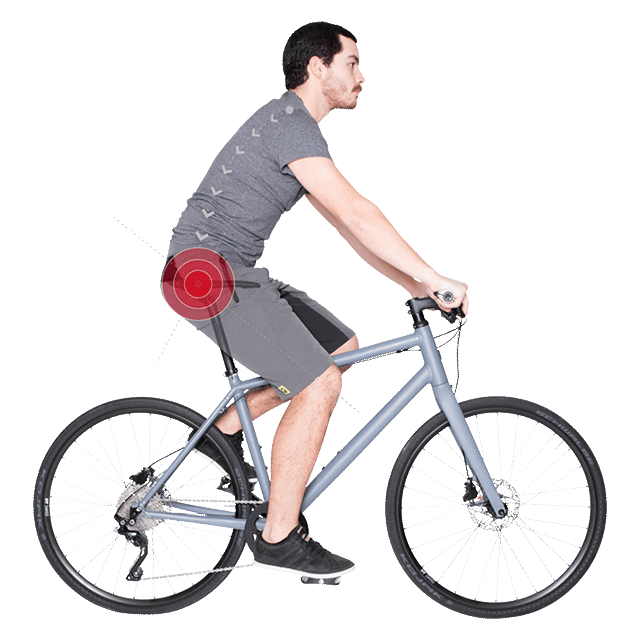
Knee problems?
Typically, cycling helps combat pains linked to the knees. However, a badly adjusted saddle can have the opposite effects. In most cases, the saddle is set too low or the saddle angle is not optimal resulting in knee pain. The fore/aft saddle position is also an important part of the fitting process. Once again, incorrect set up and adjustment can lead to knee pain.
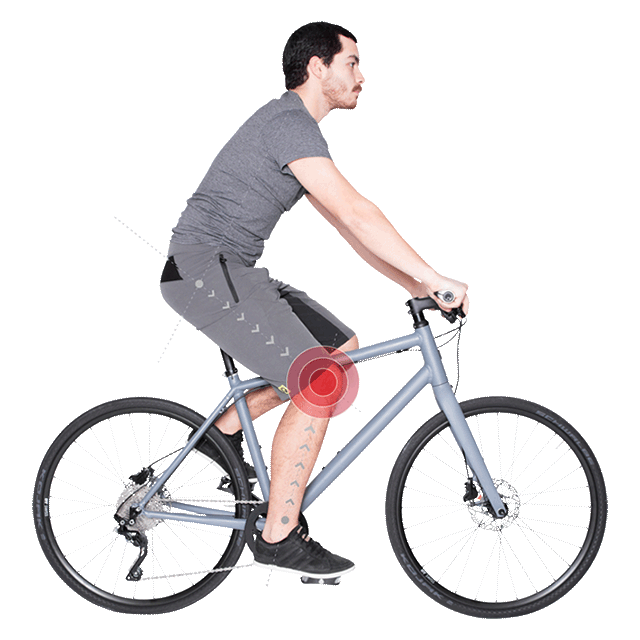
Power loss?
The efficient transfer of your leg-power to the pedals requires a harmonious interaction of various muscle groups. The leg muscles have to perform specific tasks in each of the four phases—move forward, push down, pull back, and lift up.
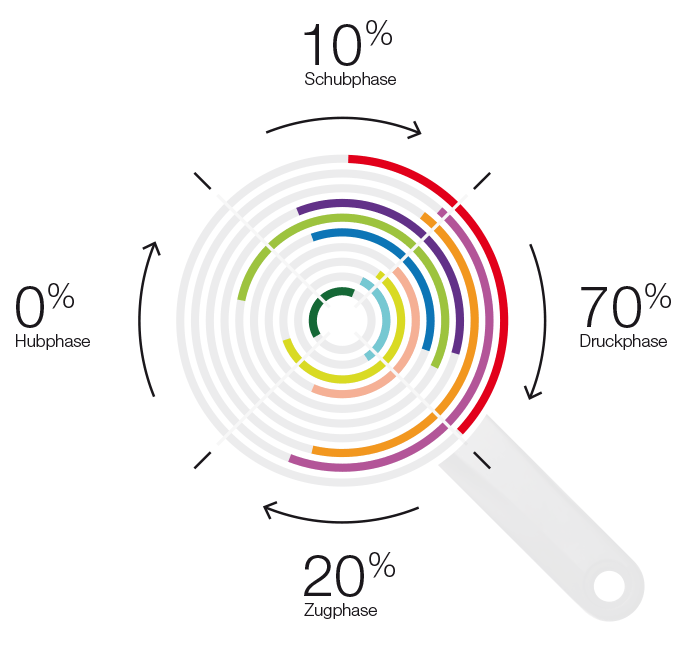
In order for the muscle groups to reach their fullest power potential, they need optimally adjusted to the various components of the bicycle. Additionally, ergonomic products support this power delivery.
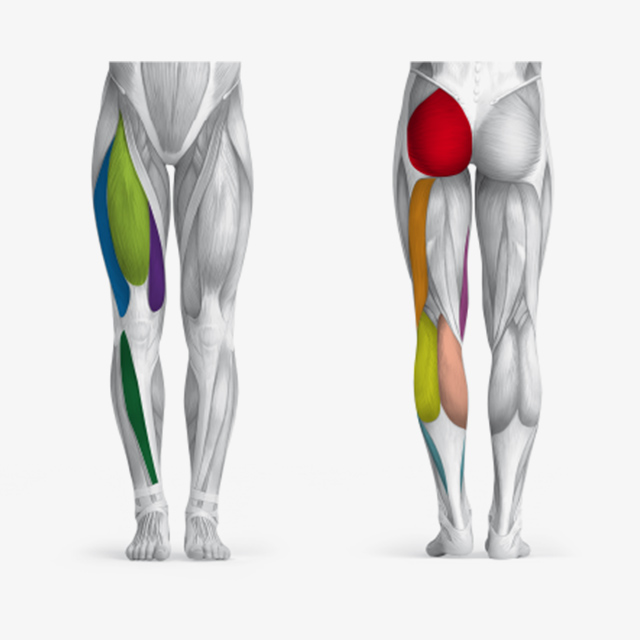
The Ergon Fitting Box
With the Ergon Fitting Box you can adjust your bike easily, quickly, accurately and ergonomically correct without prior fitting knowledge. The Ergon step-by-step technique was developed by Dr. Kim Tofaute, a leading expert for bicycle ergonomics in Europe.
The Fitting Box Comfort covers a variety of bike types. It is designed for beginners who primarily want to enhance riding comfort and avoid discomfort caused by incorrect ergonomics and position. The content is specially designed to be easy to understand, and requires no-prior knowledge of bicycle types or styles of riding. This is the ideal box for cyclists who likes to ride often without having to understand the intricacies of each bike discipline.
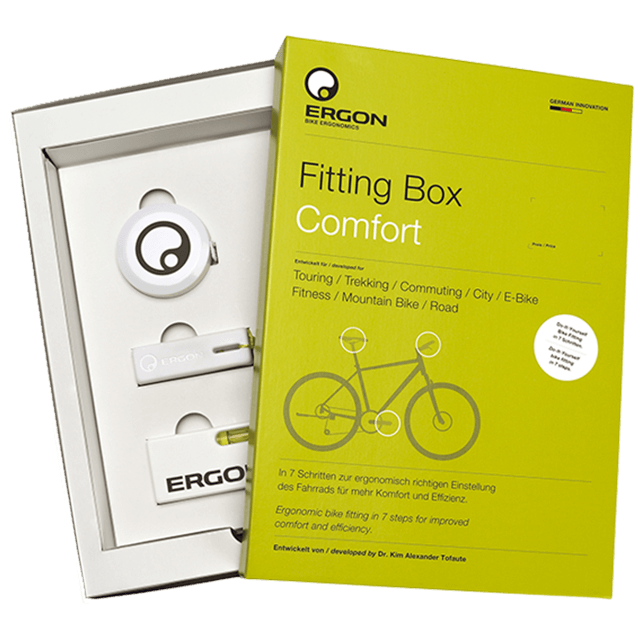
The TP1 Pedal Cleat Tool
The TP1 is the first cleat tool to offer fast and precise cleat Installation. The force that powers your bike is transferred from the leg through the pedal, then the shoe, to the cleats. Ergonomics plays a major role in power transfer, without an ergonomic setup, power efficiency, performance, and comfort will be compromised and injuries may result.
Correctly installed cleats are noticeable from the first ride. The Ergon TP1 allows the accurate adjustment of the theee-axis which are important when installing cleats. The forward/backward position, the stance (Q-Factor), and the foot angle.
